Home>Gardening & Outdoor>Outdoor Recreation & Activities>How Do You Acid Wash A Swimming Pool


Outdoor Recreation & Activities
How Do You Acid Wash A Swimming Pool
Published: February 18, 2024
Learn how to acid wash a swimming pool and restore its pristine condition with our expert outdoor recreation and activities guide. Discover the step-by-step process today!
(Many of the links in this article redirect to a specific reviewed product. Your purchase of these products through affiliate links helps to generate commission for Storables.com, at no extra cost. Learn more)
Introduction
Acid washing a swimming pool is a crucial maintenance task that helps to restore the pool's luster and cleanliness. Over time, pools can accumulate stubborn stains, algae, and mineral deposits that regular cleaning methods may not effectively remove. This is where acid washing comes into play. It involves using a diluted acid solution to strip away the top layer of the pool's surface, effectively eliminating tough stains and blemishes.
When performed correctly, acid washing can breathe new life into a lackluster pool, making it look fresh and inviting once again. However, it's important to approach this process with caution and precision, as mishandling the acid or neglecting safety measures can lead to damage and potential hazards.
In the following sections, we will delve into the intricacies of acid washing a swimming pool, from understanding the process and preparing the pool for treatment to the application of the acid wash and the necessary safety precautions. By gaining a comprehensive understanding of this procedure, pool owners and maintenance professionals can ensure that their pools remain in top condition, providing a safe and enjoyable environment for swimmers.
As we embark on this journey through the art of acid washing, it's essential to approach the task with a meticulous mindset and a commitment to safety. With the right knowledge and careful execution, the results of an acid-washed pool can be truly transformative, breathing new life into a space that is synonymous with relaxation and enjoyment.
Key Takeaways:
- Acid washing a swimming pool is a meticulous process that can transform a lackluster pool into an inviting oasis by removing tough stains and discolorations, but it requires careful preparation and safety measures.
- Prioritizing safety and precision throughout the acid washing process is crucial to safeguard the well-being of individuals involved and ensure the pool’s visual appeal and longevity.
Understanding Acid Washing
Acid washing is a specialized cleaning process designed to rejuvenate the appearance of a swimming pool by removing tough stains, mineral deposits, and algae buildup. This method is particularly effective for pools that have accumulated stubborn blemishes over time, such as those caused by neglect, algae infestations, or mineral-rich water sources.
The process involves the application of a diluted acid solution, typically muriatic acid, to the pool's surface. This acid effectively strips away the top layer of the pool, eliminating unsightly stains and discolorations. It is important to note that acid washing is a more aggressive cleaning method compared to routine maintenance, and it should only be performed when traditional cleaning methods have proven ineffective.
Before embarking on an acid washing endeavor, it is crucial to assess the condition of the pool and identify the specific issues that need to be addressed. Common problems that warrant acid washing include persistent algae growth, mineral scale buildup, and deeply ingrained stains that have resisted conventional cleaning efforts.
Pool owners and maintenance professionals should approach acid washing with a clear understanding of its purpose and potential impact. While the process can yield remarkable results in terms of restoring the pool's visual appeal, it is essential to exercise caution and precision throughout each stage of the procedure. This includes carefully selecting the appropriate acid concentration, adhering to recommended application techniques, and prioritizing safety measures to protect both the pool and the individuals involved in the process.
By comprehending the nuances of acid washing and recognizing its role as a restorative measure, pool owners can make informed decisions regarding the maintenance of their pools. When executed with care and expertise, acid washing can breathe new life into a lackluster pool, transforming it into an inviting oasis that beckons swimmers to enjoy its revitalized beauty.
Preparing the Pool
Before commencing the acid washing process, thorough preparation of the pool is essential to ensure the safety of the individuals involved and the optimal effectiveness of the treatment. The following steps outline the crucial preparations required before applying the acid wash:
-
Draining the Pool: The first step in preparing for an acid wash is to drain the pool completely. This allows for a clear view of the entire surface and ensures that the acid solution can be applied evenly. It is important to adhere to local regulations and guidelines regarding the proper disposal of pool water.
-
Inspecting the Pool Surface: With the pool drained, a detailed inspection of the pool's surface should be conducted to identify areas of concern. This includes noting the location and severity of stains, mineral deposits, and any structural imperfections that may require attention.
-
Repairing Any Damage: If any cracks, chips, or other forms of damage are detected during the inspection, it is crucial to address these issues before proceeding with the acid wash. Failing to repair structural damage beforehand can result in the acid exacerbating existing problems, leading to further deterioration of the pool's surface.
-
Cleaning the Pool: Once the pool surface has been inspected and any necessary repairs have been completed, it is essential to thoroughly clean the entire area. This involves removing debris, dirt, and any remaining traces of algae or other contaminants. A high-pressure wash or scrubbing with a pool brush can help to achieve a clean and debris-free surface.
-
Protecting Surrounding Areas: As a precautionary measure, it is important to protect the surrounding areas of the pool from potential damage caused by the acid solution. This may involve covering nearby plants, removing or securing outdoor furniture, and ensuring that the acid wash will not inadvertently affect other surfaces or materials.
-
Assembling Safety Equipment: Prior to applying the acid wash, it is imperative to gather the necessary safety equipment, including protective clothing, gloves, goggles, and a respirator. These items are essential for safeguarding against potential exposure to the acid and ensuring the well-being of those involved in the process.
By meticulously preparing the pool according to these guidelines, individuals can set the stage for a successful acid washing procedure. This comprehensive preparation not only contributes to the safety and effectiveness of the treatment but also underscores the commitment to maintaining a clean, inviting, and visually appealing swimming pool.
Applying the Acid Wash
Once the pool has been meticulously prepared, the next critical phase in the acid washing process involves the application of the acid wash itself. This step demands precision, caution, and a thorough understanding of the acid's properties to ensure that the treatment is carried out effectively and safely.
-
Diluting the Acid: The first step in applying the acid wash is to dilute the concentrated acid with water in a large plastic watering can or chemical-resistant sprayer. It is crucial to follow the manufacturer's instructions for the proper dilution ratio, typically one part acid to ten parts water. This dilution process should be conducted in a well-ventilated area, and it is imperative to add the acid to the water slowly to prevent splashing or spattering.
-
Even Application: With the diluted acid solution prepared, it is time to apply it to the pool's surface. Starting from the deep end and working towards the shallow end, the acid wash should be evenly distributed using a long-handled acid brush or a soft-bristled broom. Care should be taken to ensure that the acid is applied uniformly, covering all areas of the pool's surface that require treatment. This meticulous approach helps to achieve consistent results and prevents uneven etching or discoloration.
-
Monitoring and Timing: As the acid wash is applied, it is essential to monitor the process closely and adhere to the recommended contact time specified by the manufacturer. This contact time typically ranges from 30 seconds to a few minutes, depending on the severity of the staining and the type of surface being treated. It is crucial to avoid leaving the acid wash on for longer than the prescribed duration, as this can result in over-etching and damage to the pool's surface.
-
Rinsing and Neutralizing: Once the prescribed contact time has elapsed, the acid wash must be thoroughly rinsed from the pool's surface using a high-volume hose or pressure washer. This rinsing process serves to remove the residual acid and halt its etching action. Following the rinse, a solution of baking soda and water should be applied to neutralize any remaining acid. This neutralization step is vital for preventing ongoing damage and ensuring the safety of the pool's surface.
-
Final Rinse and Inspection: After neutralizing the acid, the pool should be subjected to a final thorough rinse to remove any remaining traces of the acid solution. This rinse is crucial for preventing any potential harm to swimmers and ensuring that the pool is safe for use. Once the rinsing process is complete, a detailed inspection of the pool's surface should be conducted to assess the results of the acid wash and identify any areas that may require additional attention.
By meticulously following these steps and exercising care throughout the application of the acid wash, individuals can effectively address stubborn stains, mineral deposits, and discolorations, restoring the pool's visual appeal and ensuring a clean and inviting swimming environment.
Neutralizing the Acid
Neutralizing the acid is a critical step in the acid washing process, serving to halt the etching action of the acid and restore the pool's surface to a safe and balanced state. After the acid wash has been applied and the prescribed contact time has elapsed, it is imperative to neutralize any remaining acid to prevent ongoing damage and ensure the safety of the pool.
The neutralization process typically involves the application of a solution containing baking soda and water. Baking soda, also known as sodium bicarbonate, acts as a neutralizing agent, effectively counteracting the acidic properties of the residual acid on the pool's surface. This step is essential for restoring the pH balance of the pool and mitigating the potential for corrosion or other adverse effects.
To initiate the neutralization process, a solution of baking soda and water should be prepared in a clean container. The recommended ratio for this solution is approximately 2 pounds of baking soda per gallon of water, although the precise proportions may vary based on the specific requirements of the pool and the severity of the acid wash.
Once the baking soda solution has been prepared, it should be evenly distributed across the entire surface of the pool that has been treated with the acid wash. This can be achieved using a soft-bristled brush or a pool brush, ensuring that the neutralizing solution reaches all areas where the acid was applied.
As the baking soda solution interacts with the residual acid, a gentle bubbling reaction may occur, indicating the neutralization process is underway. This reaction signifies the chemical transformation taking place as the baking soda works to counterbalance the acidic remnants, effectively restoring the pool's surface to a safe and stable state.
After the neutralizing solution has been applied, it is essential to allow sufficient time for the neutralization process to take effect. This may involve a brief waiting period to ensure that the baking soda has adequately neutralized the acid and restored the pH balance of the pool's surface.
Following the neutralization process, the pool should be thoroughly rinsed with clean water to remove any residual baking soda and ensure that the surface is free from any remaining traces of the acid wash and neutralizing solution. This final rinse serves to complete the neutralization process, leaving the pool's surface clean, balanced, and safe for use.
By meticulously executing the neutralization process, pool owners and maintenance professionals can safeguard the integrity of the pool's surface and ensure that the acid washing procedure culminates in a visually appealing and safe swimming environment.
Cleaning Up
After the completion of the acid washing process, thorough cleaning up is essential to ensure that the pool area is restored to its pristine condition and that all materials and equipment are properly handled. The following steps outline the crucial aspects of the cleaning up process:
-
Disposal of Acid Solution: Any remaining acid solution must be handled and disposed of with utmost care and in compliance with local regulations. It is important to avoid pouring the acid solution down storm drains or into bodies of water, as this can have detrimental environmental consequences. Instead, the acid solution should be neutralized using an appropriate agent, such as baking soda, before being safely disposed of according to established guidelines.
-
Rinsing Equipment and Materials: All equipment and materials used during the acid washing process, including brushes, sprayers, and protective gear, should be thoroughly rinsed with clean water. This helps to remove any residual acid and neutralizing agents, ensuring that the equipment is safe to handle and ready for future use.
-
Cleaning the Surrounding Area: The immediate vicinity of the pool, including the deck or surrounding landscape, may have been exposed to the acid solution during the washing process. It is important to clean these areas meticulously, using water and a mild detergent if necessary, to eliminate any traces of the acid and prevent potential damage or discoloration.
-
Restoring Pool Functionality: Once the cleaning process is complete, the pool can be refilled with fresh water to restore its functionality. Care should be taken to monitor the water chemistry and ensure that the pool's pH and chemical balance are within the recommended parameters before allowing swimmers to use the pool.
-
Storage of Equipment: Any equipment and materials used for the acid washing process should be stored in a designated area, away from direct sunlight and moisture. Proper storage helps to prolong the lifespan of the equipment and ensures that it remains in optimal condition for future maintenance tasks.
By meticulously attending to these cleaning up tasks, pool owners and maintenance professionals can conclude the acid washing process with a sense of accomplishment, knowing that the pool has been revitalized and the surrounding area has been restored to a safe and inviting state. This attention to detail not only enhances the visual appeal of the pool but also contributes to the overall safety and longevity of the pool's surface and associated equipment.
Safety Precautions
Ensuring the safety of individuals involved in the acid washing process and safeguarding the integrity of the pool and its surrounding environment is paramount. Implementing comprehensive safety precautions is essential to mitigate potential risks and promote a secure and controlled acid washing procedure.
Personal Protective Equipment
Prior to commencing the acid washing process, individuals involved in the treatment must don appropriate personal protective equipment (PPE) to shield themselves from potential exposure to the acid and its fumes. This includes wearing chemical-resistant gloves, safety goggles, and a respirator to prevent inhalation of acidic vapors. Additionally, protective clothing, such as long-sleeved shirts and pants, should be worn to minimize skin contact with the acid solution.
Ventilation and Respiratory Protection
Adequate ventilation is crucial during the acid washing process to disperse acidic fumes and maintain air quality. It is imperative to conduct the procedure in an open or well-ventilated area to minimize the concentration of fumes. In instances where ventilation may be limited, the use of a respirator equipped with acid vapor cartridges is essential to protect individuals from inhaling harmful fumes.
Read more: What Is Cyanuric Acid In A Swimming Pool
Handling and Storage of Acid
The handling and storage of the acid solution demand meticulous attention to prevent accidents and chemical exposure. The concentrated acid should be stored in a secure location away from incompatible materials and should be handled with care to avoid spills or splashes. It is imperative to adhere to the manufacturer's guidelines for the safe handling and storage of the acid, including using appropriate containers and ensuring proper labeling.
Emergency Preparedness
In the event of accidental exposure to the acid or the occurrence of a chemical spill, it is essential to have emergency response measures in place. This includes having a readily accessible eyewash station and emergency shower to provide immediate decontamination in case of skin or eye contact with the acid. Additionally, individuals involved in the process should be familiar with the procedures for seeking medical attention in the event of exposure or injury.
Environmental Protection
Safeguarding the surrounding environment from potential harm caused by the acid solution is imperative. Measures should be taken to prevent the acid from contaminating soil, water sources, or storm drains. This may involve using containment measures, such as barriers or absorbent materials, to capture any spills or runoff and prevent environmental damage.
Professional Expertise
Seeking the expertise of qualified professionals with experience in acid washing procedures is highly recommended. Professional guidance can provide valuable insights into best practices, safety protocols, and the proper handling of acid solutions, ensuring that the process is conducted with precision and adherence to safety standards.
By meticulously adhering to these safety precautions, individuals can execute the acid washing process with confidence, knowing that the well-being of those involved, as well as the integrity of the pool and its surroundings, are safeguarded. Prioritizing safety at every stage of the procedure underscores the commitment to responsible and effective pool maintenance.
Before acid washing a swimming pool, make sure to lower the water level, wear protective gear, and dilute the acid with water before applying it to the pool surface. Always follow the manufacturer’s instructions and safety guidelines.
Read more: How Do You Winterize A Swimming Pool
Conclusion
In conclusion, the process of acid washing a swimming pool is a meticulous and transformative endeavor that holds the potential to revitalize the pool's appearance and restore its inviting allure. From the initial preparations and application of the acid wash to the critical steps of neutralization and thorough cleaning up, each stage demands precision, caution, and a steadfast commitment to safety.
By understanding the nuances of acid washing and recognizing its role as a restorative measure, pool owners and maintenance professionals can make informed decisions regarding the maintenance of their pools. When executed with care and expertise, acid washing can breathe new life into a lackluster pool, transforming it into an inviting oasis that beckons swimmers to enjoy its revitalized beauty.
It is essential to approach the task with a meticulous mindset and a commitment to safety. With the right knowledge and careful execution, the results of an acid-washed pool can be truly transformative, breathing new life into a space that is synonymous with relaxation and enjoyment.
The comprehensive preparations, precise application of the acid wash, and meticulous attention to safety precautions collectively contribute to the successful rejuvenation of the pool. The visual impact of a well-executed acid washing process is undeniable, as stubborn stains, mineral deposits, and discolorations are effectively addressed, leaving behind a pool that exudes cleanliness and freshness.
Moreover, the commitment to safety throughout the entire process underscores the responsible approach to pool maintenance, ensuring that the well-being of individuals involved and the integrity of the pool and its surrounding environment are safeguarded.
In essence, the art of acid washing a swimming pool transcends mere maintenance; it embodies a dedication to preserving the beauty and functionality of a cherished recreational space. By embracing the intricacies of acid washing and upholding the highest standards of safety and precision, individuals can elevate the aesthetic appeal and longevity of their pools, creating an environment that beckons swimmers to indulge in its revitalized splendor.
Frequently Asked Questions about How Do You Acid Wash A Swimming Pool
Was this page helpful?
At Storables.com, we guarantee accurate and reliable information. Our content, validated by Expert Board Contributors, is crafted following stringent Editorial Policies. We're committed to providing you with well-researched, expert-backed insights for all your informational needs.
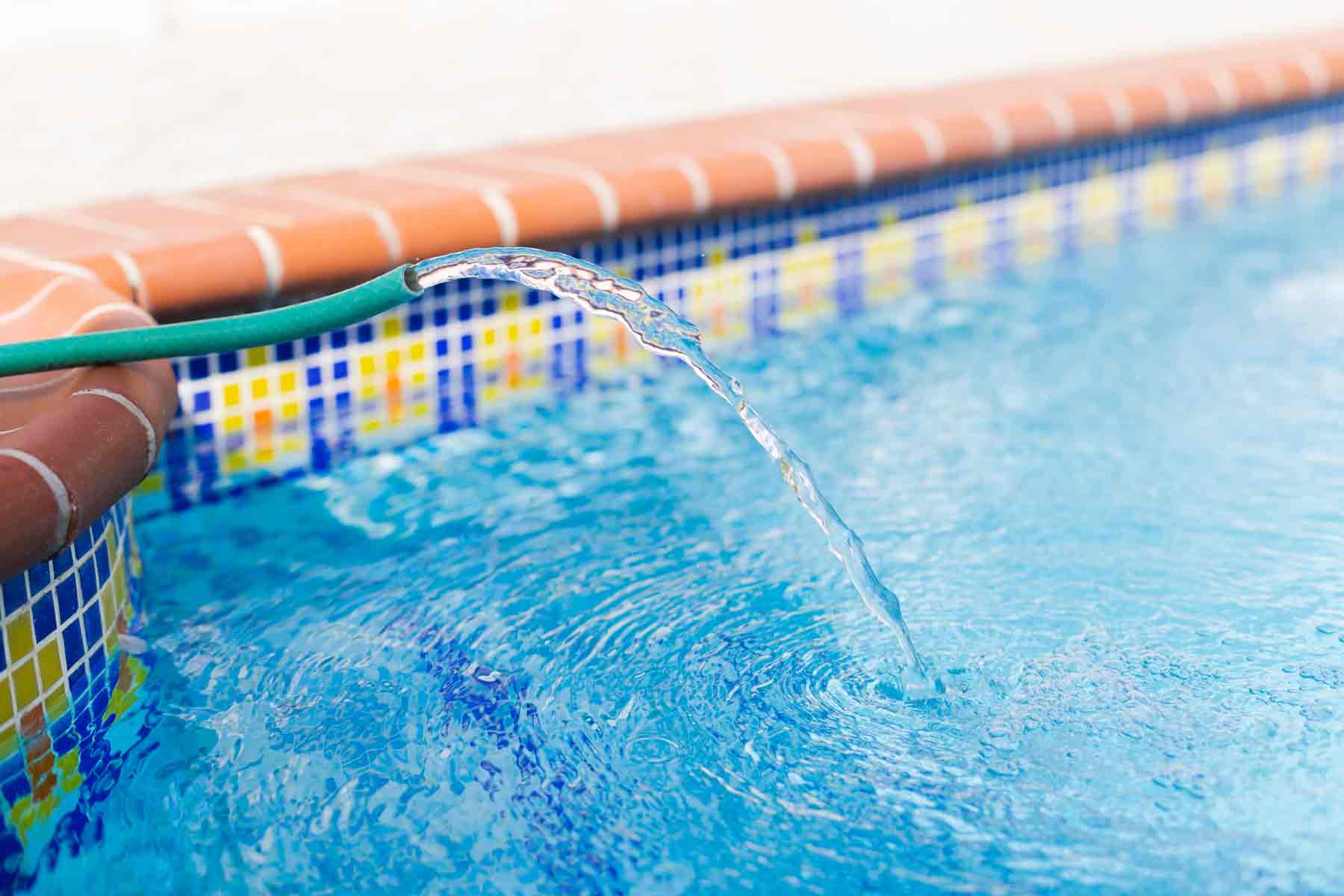
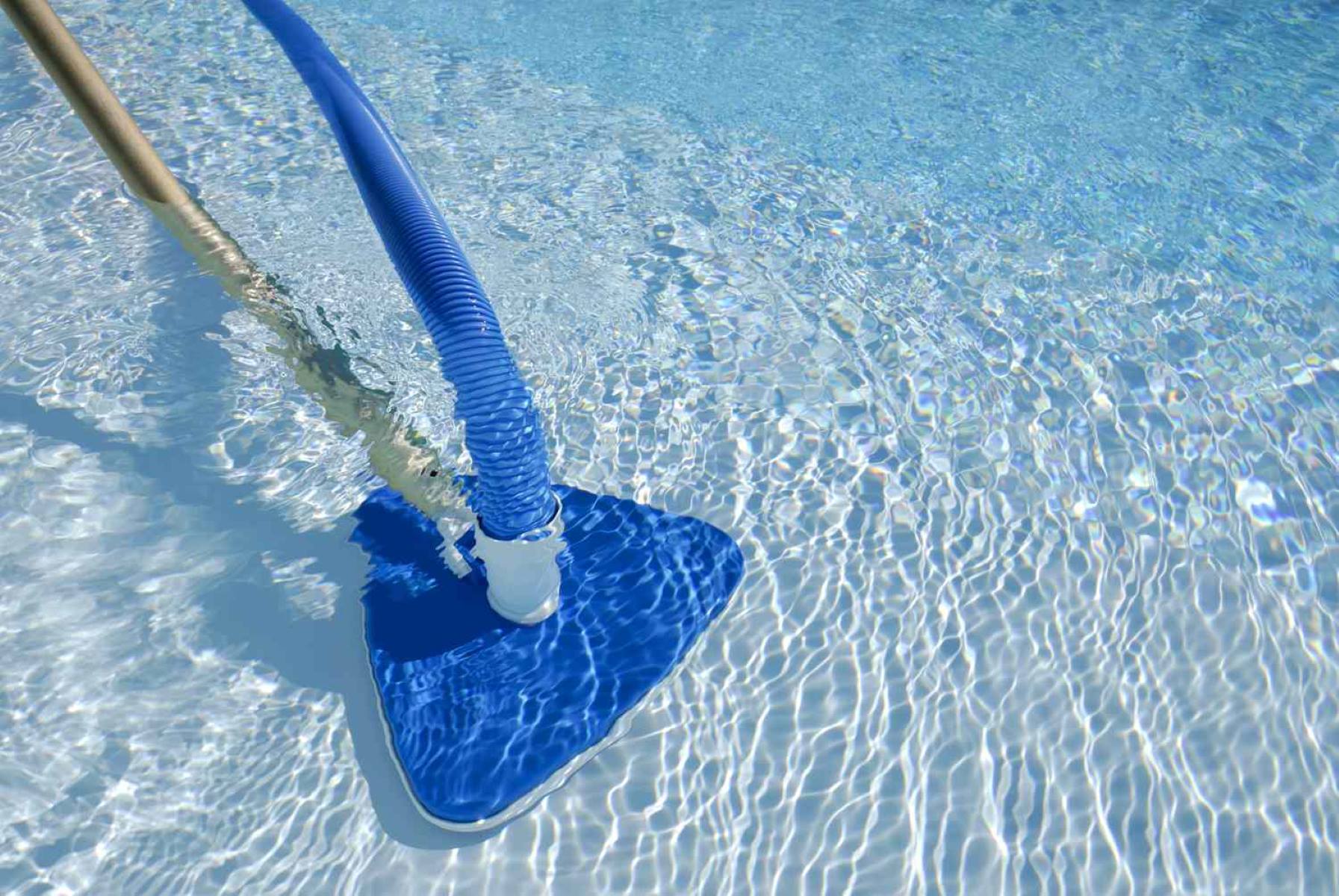
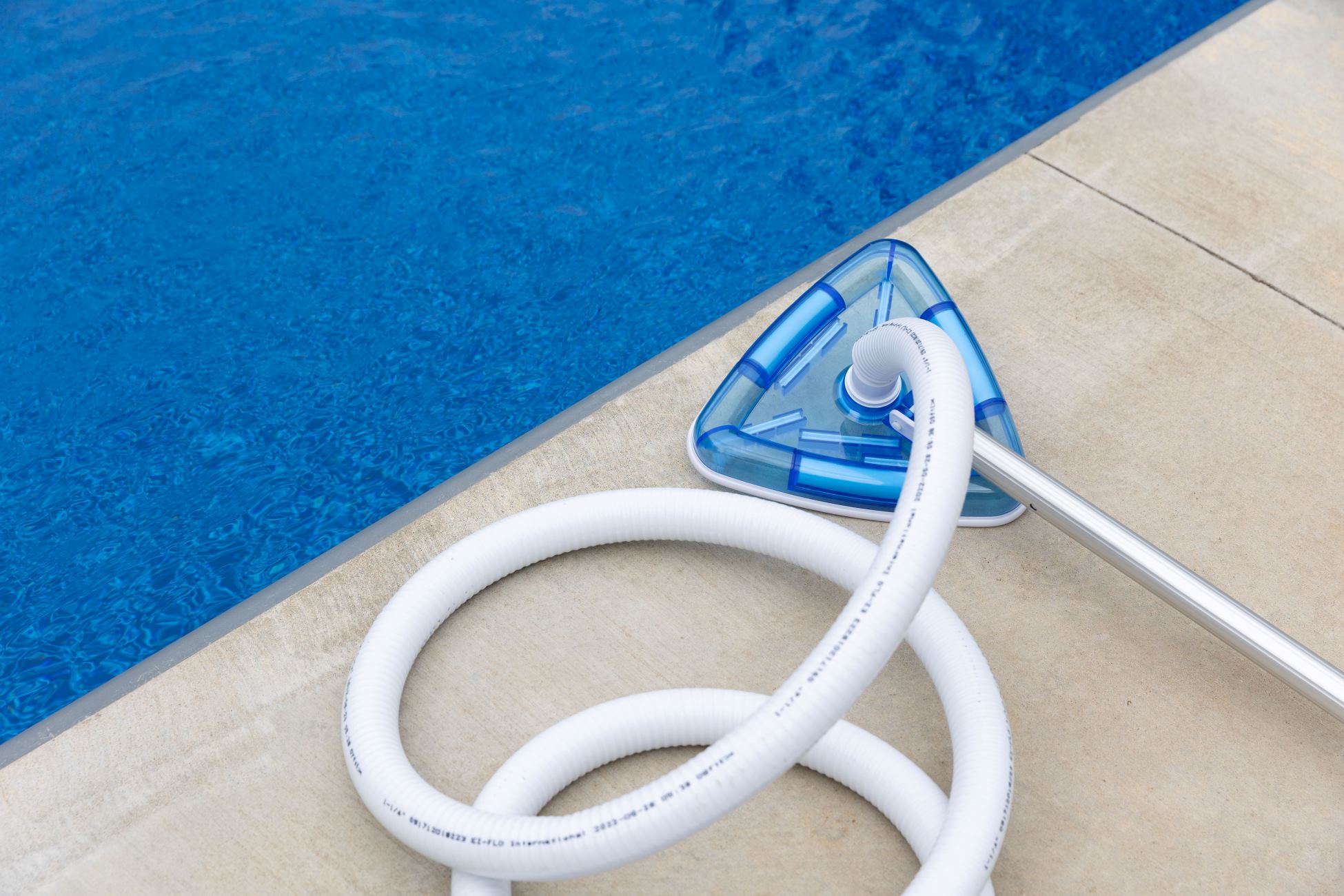
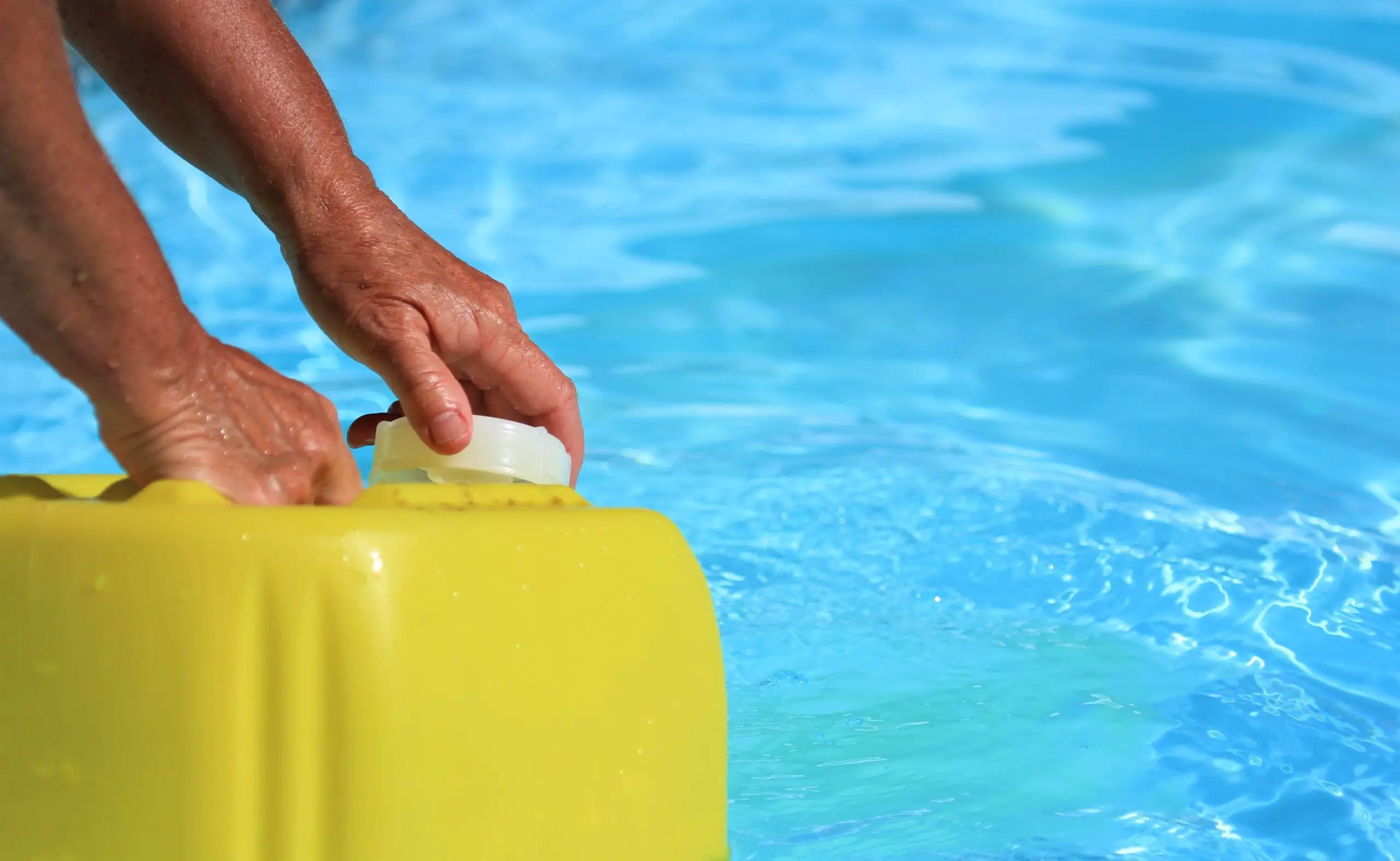
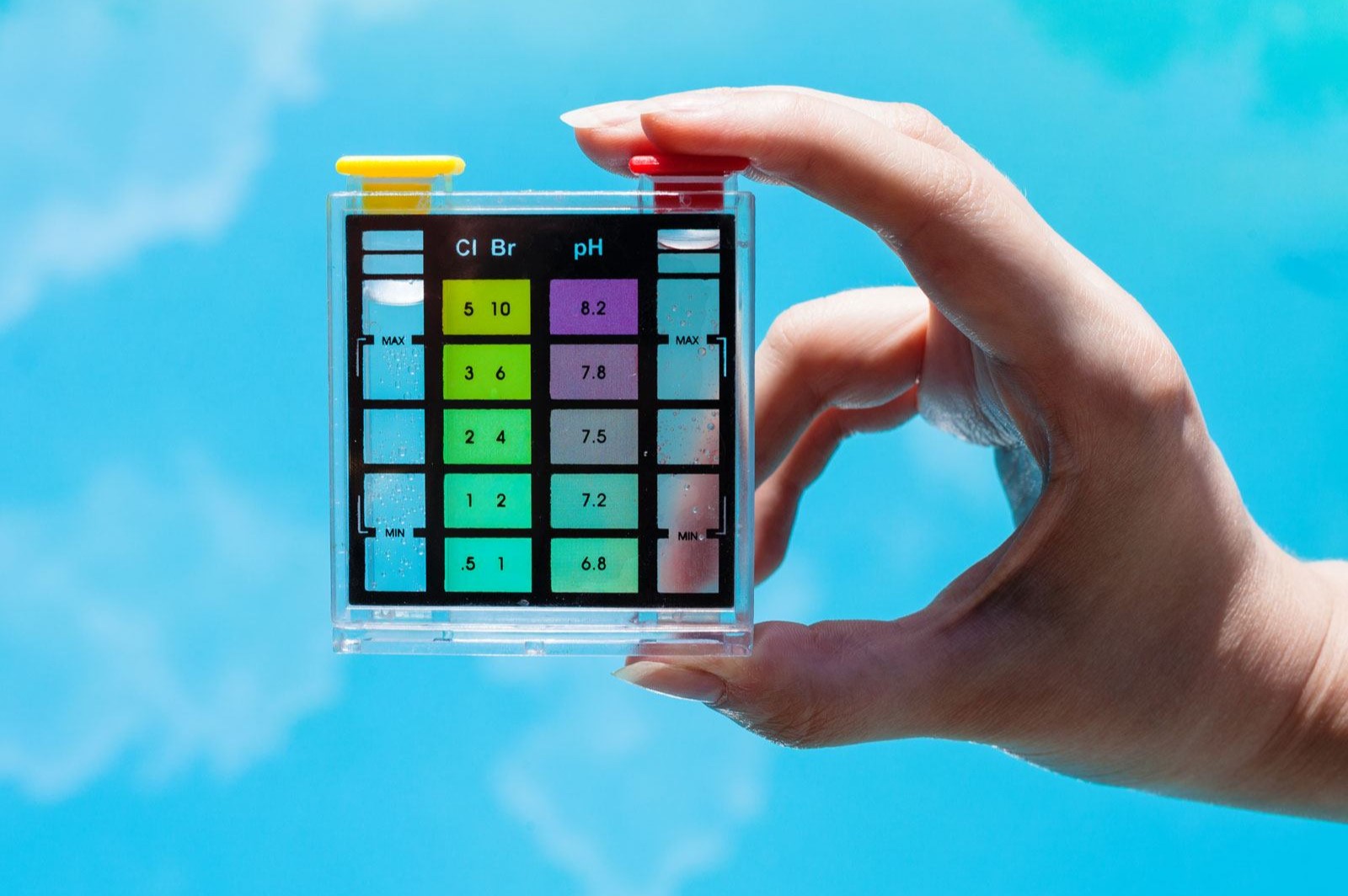
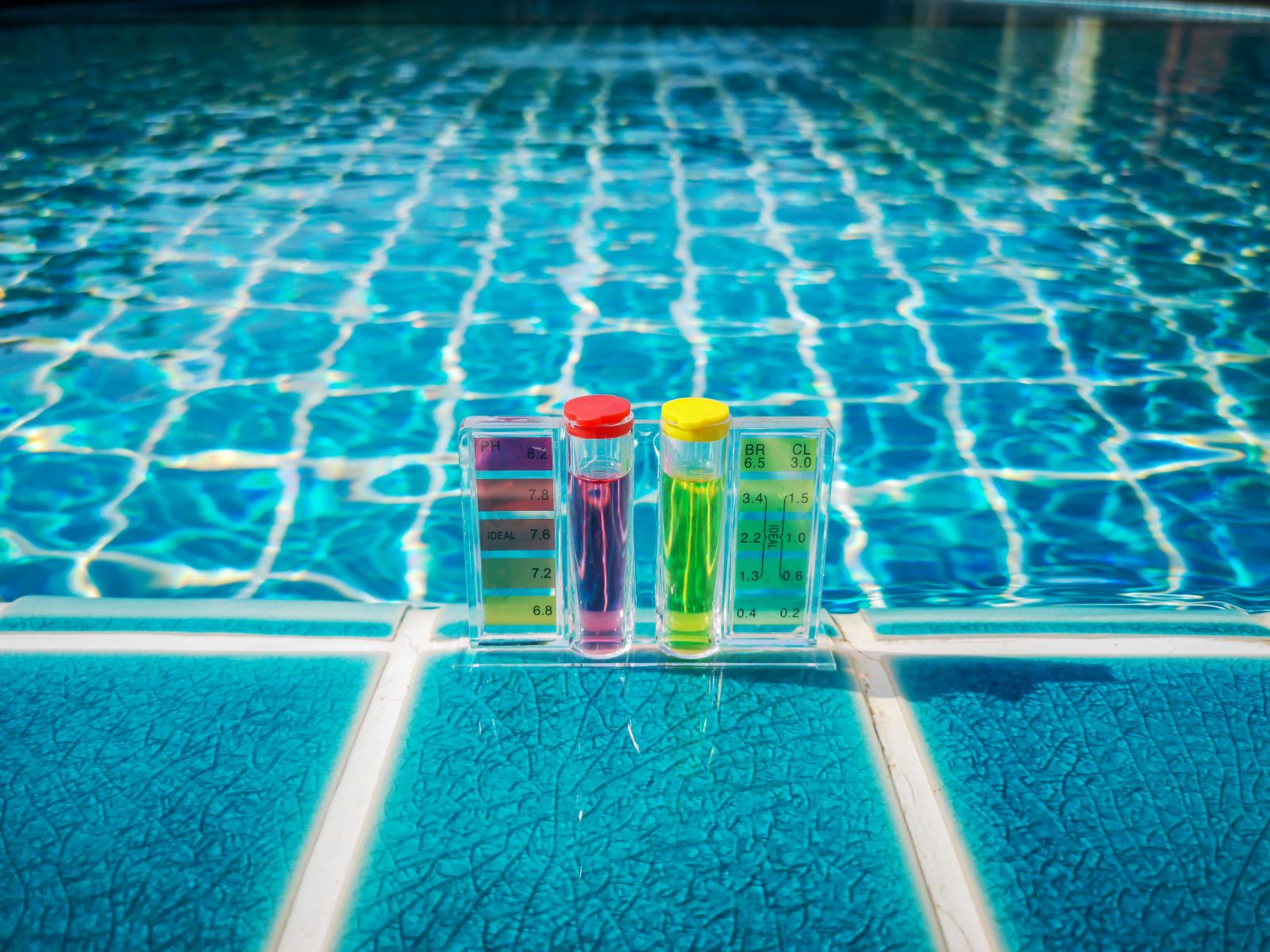
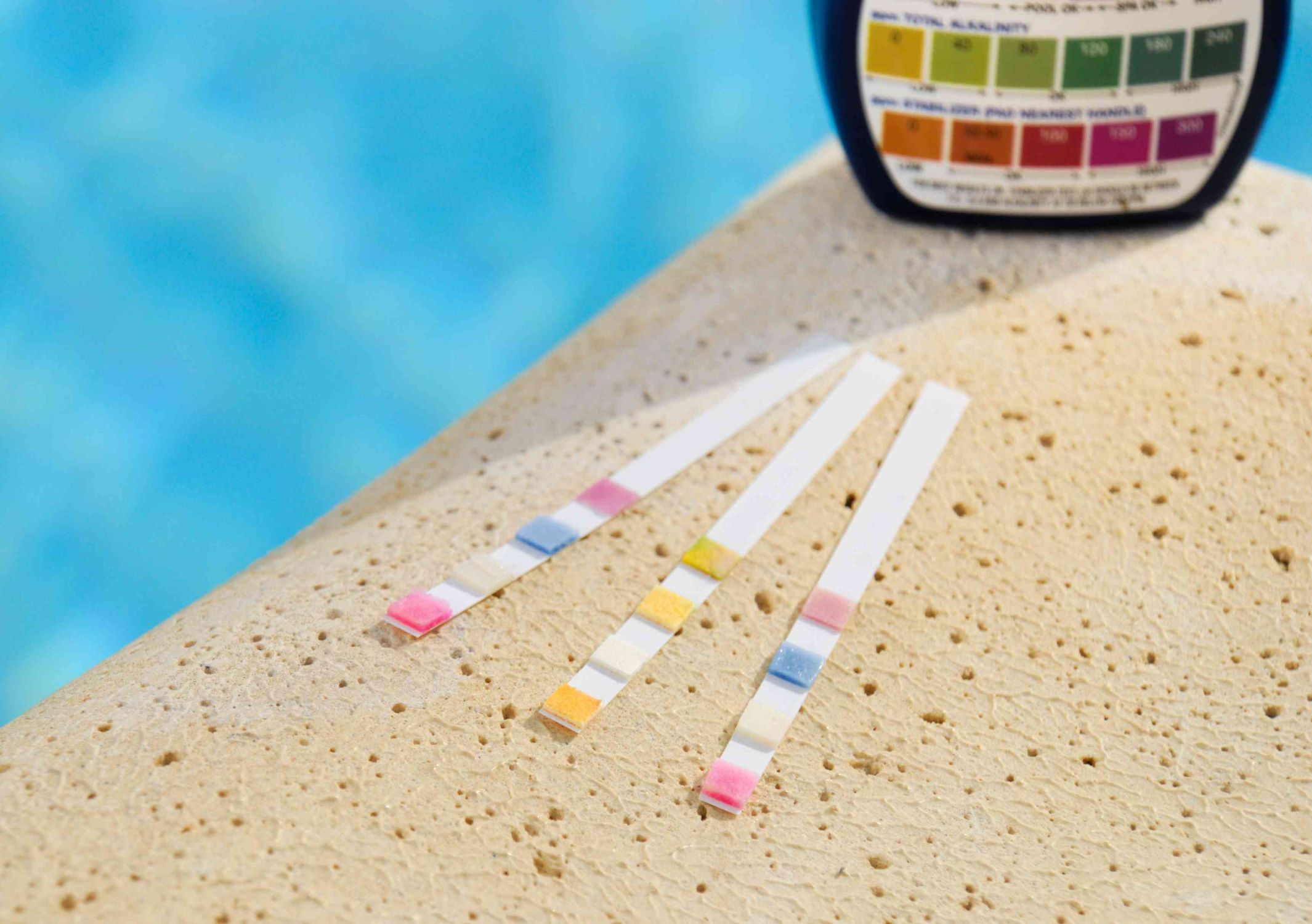
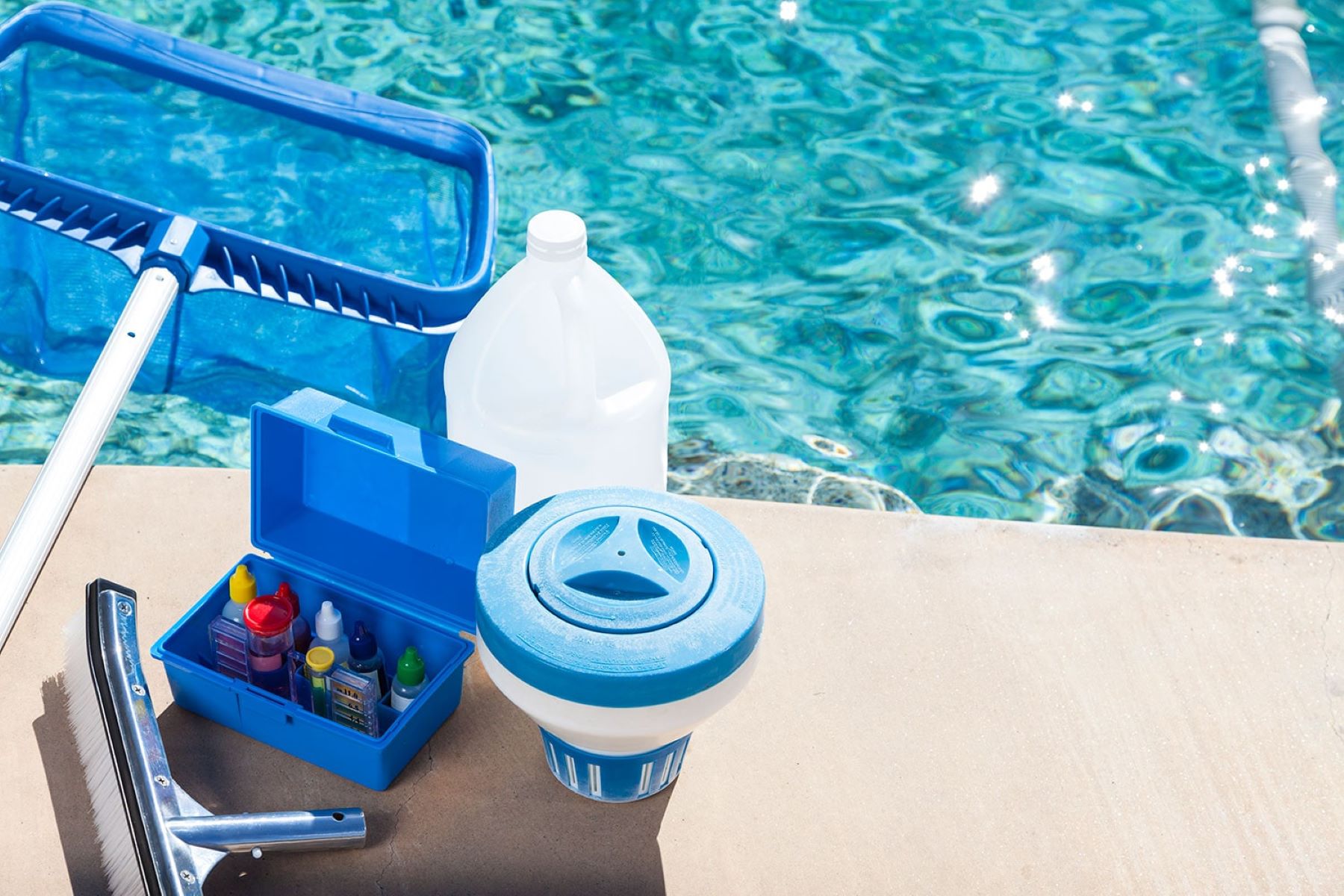

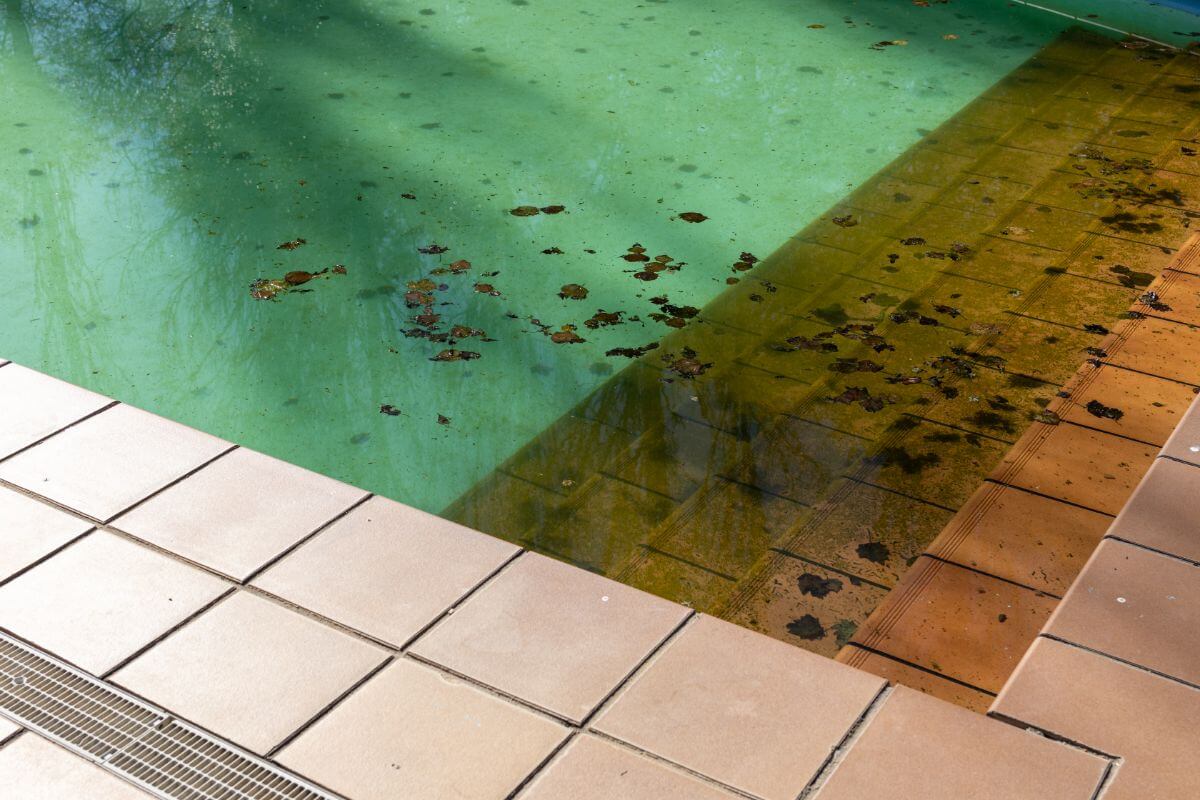



0 thoughts on “How Do You Acid Wash A Swimming Pool”